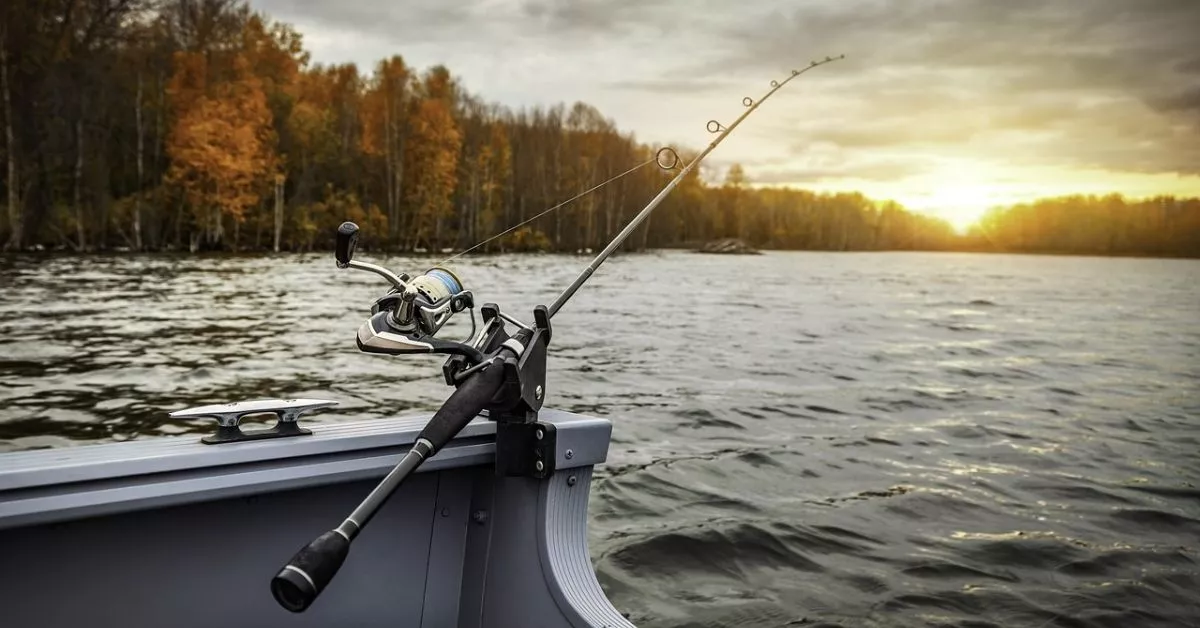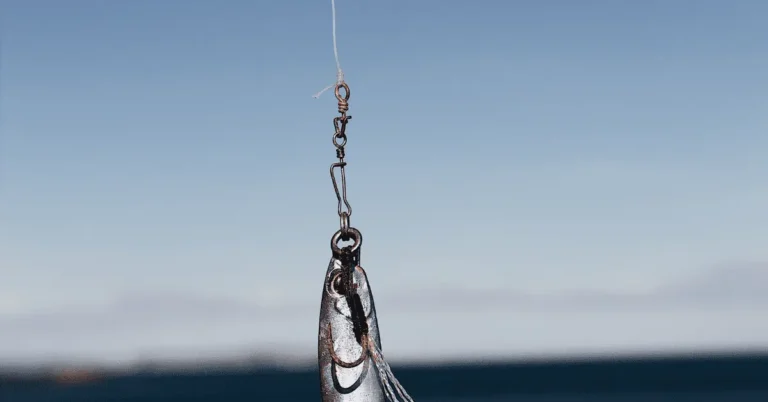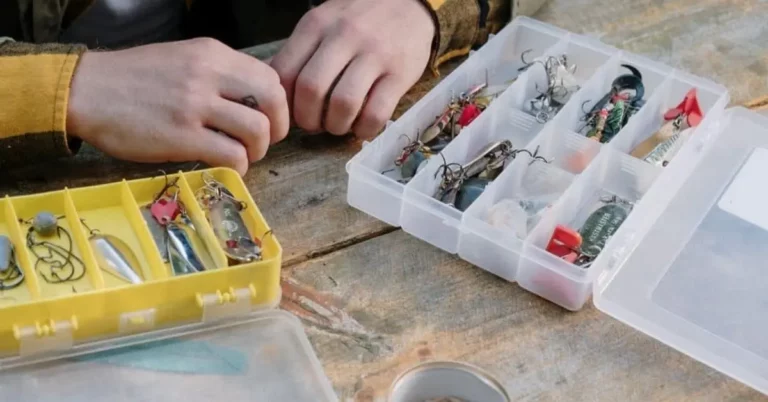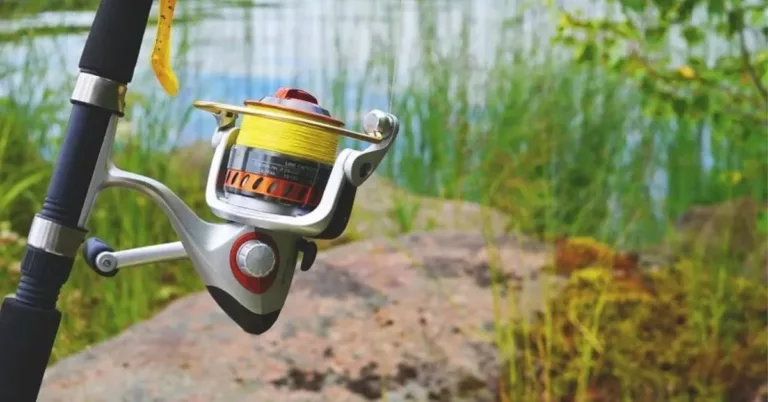Fishing Crappie with an Attractant, Why You Should Consider It

When it comes to fishing people will use every trick and piece of gear in the books to improve their chances. One of these tricks is the application of a scent to their baits often called a fish attractant.
You may have heard of these on youtube from channels such as Richard Gene and Flopping Crappie among others. This may be leading you to wonder, do fishing attractants work and are attractants worth the money?
While there is no guarantee that any technique, bait or scent will guarantee a bigger catch, a large majority of anglers agree that any advantage helps. Many strongly agree the application of an attractant scent can only improve your odds and for certain species, such as catfish, drastically improve fish catch rates.
Diving further into attractants we will explore the details and use of them.
Quick shortcut, here is my attractant of choice. Baitmait Fish Attractant
What is a fishing attractant or scent?
You have surely seen the movies where they chum the waters, with cut up fish, when fishing for sharks, or even made sure to use bloody chicken livers when fishing for catfish. Both of these techniques are relying on the fact that the fish can “smell” the scent created by these baits.
So why not carry that thought process over to other types of fishing. This is where fishing attractants come in.
Fishing attractants are most commonly made from bait fish oils or other things that fish find attractive. Attractants come in pastes, powders and sprays, each type has a slightly different application process.
Some of the most effective and for obvious reasons are those attractants that contain fish oils or food particles from an actual food source of the targeted species. For instance bass and crappie tend to eat minnows and shad so an attractant containing oils of these fish is likely to be more effective than say a garlic based attractant.
The Types of Fishing Attractants
As mentioned, fish attractants come in powder, paste and liquid forms.
Powdered fish attractants often contain bits of dried fish, krill and crustaceans along with things such as garlic or cayenne peppers. These are often sprinkled onto a bait and allowed to dry in place, alternatively they are mixed with a bit of water and the bait is placed in the resulting brine to “marinate”
Paste fish attractant is more straightforward. Again being made from very similar ingredients, paste works best for somewhat solid baits such as lures, rubber jigs and worms and even to “sauce” an area. Simply apply the paste to the bait in question and rub it in, many believe that it lasts somewhat longer than the liquids. (More on saucing an area later.)
Liquid Forms of fishing attractants are some of the most common. Normally a bottle can be picked up relatively cheaply and you simply sprinkle a few drops or spray the bait you intend to use. I prefer to rub the liquid in at that point, ensuring coverage over the entire thing. However be careful of hooks, especially if applying to plugs, crankbaits or similar style lures.
The length of time between reapplying the scents is largely debated, but I shoot for every 10 minutes or so and have good results.
There are also some semi hard attractants such as crappie nibbles which come in small pellets already treated with attractant. These are most often placed on the hook along with your plastic lure as an added temptation.
Crappie Specific Attractant Examples
Several companies now make fishing attractants intended for crappie and other panfish. Probably the most recognized of these is crappie nibbles.
Other examples include an oily spray by the name of Slabsauce. Intended to be rubbed on the bait and reapplied every 30 minutes or so.
Dr. Juice is an unusual scent, though I have heard good things about it I have yet to try it myself. Dr. Juice claims to have unlocked the scent that minnows give off when they are fleeing from a predator. This scent is present in their fish attractor and drives the fish into a feeding frenzy when they may have been hesitant to bite prior to this.
Can I Use Bass Attractant for Crappie
One question I have seen asked time and again is do I have to use an attractant for a specific type of fish.
Bass attractant should work for crappie as well. This is due to the fact that bass and crappie eat much the same foods, to include small crustaceans, minnows and shad, along with each other should the opportunity present itself.
One thing I have noticed is that if you let any bait that has been treated with an attractant get too close to the bottom and catfish are present they will hit it almost without fail, they do not seem to be picky at all.
Make Your Own Homemade Attractant
Making your own homemade fishing attractant is a relatively simple task depending on what ingredients you would like to try.
The most common one I have seen is garlic with a touch of cayenne pepper. For this you will need some garlic powder, cayenne pepper and some form of cooking oil. I use olive oil as it’s what I have.
Simply place a teaspoon of olive oil in a sandwich bag, add in a ½ teaspoon of garlic powder or minced garlic and ¼ teaspoon of cayenne pepper. Mix them up and then soak your baits until you get to the water. If using pre-hooked lures then place this mixture in a small tupperware that you can just dip the lure into while on the water.
Another tip that I saw was to take vaseline or petroleum jelly, heat it slightly with a hair dryer until it melts and then add in your scents. (Dried crickets, dried fish, in addition to almost anything else you can think are viable options.)
I prefer just sticking with the store-bought scents or using the above cayenne garlic recipe as I don’t have to discard any leftovers after the fishing trip. I would be leery about storing anything that could spoil and sour in my tackle box.
Saucing Your Fishing Hole
Some believe that the fish are attracted to the area based on the scent, after they are put into a feeding mood you can present a bait for higher chances of a strike. This is similar to baiting catfish with dog food prior to fishing.
That’s where what I call Saucing The Hole comes in.
I have found that this works best with the gel/paste types of fish attractants.
Collect several small rocks a little smaller than your fist. Coat these with an attractant and allow it to settle into the pores of the rocks. Once you have confirmed crappie in a given area carefully drop these stones into the water forming a circle of sorts that is 8 to 10 feet around.
Now you can present your bait in the interior of this circle you have created with the assumption that the crappie are attracted to that area and in the mood to feed.
This method should allow the scent to remain in the area for at least a few hours as it leaks from the pores of the stones you placed.
Summary
So in summary whether fishing attractants work or not depends largely on the fishing conditions that day. The first thing is there have to be fish there.
Once that is confirmed then the use of fishing attractants can’t hurt anything, after all;
Fishing attractants are intended to increase the attractiveness of a bait to fish given a set of circumstances. While some species may not feed based on smell, many fish do and the use of an attractant can provoke the bite from a leery fish. If you find it is not working, skip applying it for a few casts and see if that changes your luck.
Fishing is all about finding out what works on any given day and often you have to try several combinations.
In any case, while I cannot guarantee an attractant will work, I can guarantee a fishing attractant won’t work if you don’t have one with you. So give it a shot, most can be had for less than the price of a cup of coffee.
Bonus Video – Scent Test
For your benefit and enjoyment, here is a video done by Flopping Crappie in which he tries out a crappie attractant on two identical rods, one with scent and one with out.






